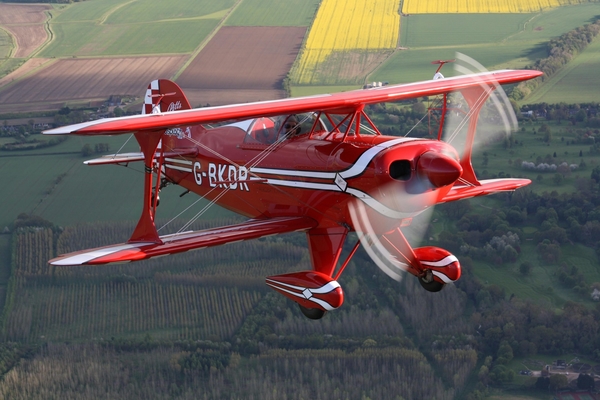This Sunday (8th November) marks Remembrance Sunday, when the nation falls silent for two minutes at 11am to reflect and remember those who served and fought for our country in both World Wars and in subsequent conflicts abroad since that time.
Understandably, given the current situation with the COVID-19 pandemic, most services - including the annual open Remembrance March Past Service held at the Cenotaph in London - are not going ahead as planned (although in the case of the Cenotaph, a commemorative service will still take place closed off to the public, broadcast live on BBC One).
Many of our airfields here at FlyDays had a key part to play during combat in World War I and World War II. In fact, some of them were established to serve the country during those very wars. Andrewsfield Aerodrome, situated near Braintree in Essex, was one such airfield.
It was notably one of eight used across the county as a base by the USAAF following the attack on Pearl Harbor in December 1941, with two vast T2 hangars on site to accommodate the vast amount of allied American aircraft that was entering the UK at the time of its opening in 1943.
Others, such as Hinton-in-the-Hedges Airfield up in Northamptonshire, were originally privately owned, before being temporarily requisitioned for the war effort. In Hinton’s case, it was the Harrison family - whose family estate Walltree House sits on the same site - who established on private land in 1926.
The RAF then used it as a Bomber Command facility from 1940 onwards during the peak of the Battle of Britain and air raids, eventually closing for wartime use with the end of the war and VE Day in 1945.
Blackpool Airport has the unique distinction of being used in both World Wars, which is not a feat that many of our airfields hold. It was first the air base for the King’s Lancashire Military Convalescent in WWI, and in WWII it merged with its local rival, Stanley Park, in being used as an RAF base.
Staying in the North West of the country, Liverpool John Lennon Airport - or RAF Speke as it was known during WWII, was famously the location where a Hawker Hurricane shot down a German Junker 88 plane, one of the fastest air-to-air combat attacks during the Battle of Britain, captured forever in the famous painting 'Fastest Victory' by Robert Taylor.
Although some airfields - such as Tatenhill Airfield in Staffordshire - ceased military use even years after WWII ended, many of the original buildings and artefacts from that time are still standing today, from pillboxes to control towers. If anything, these are the most potent and tangible reminder of how vital a role they were in serving and protecting our country, and how their sacrifice and bravery allowed us to enjoy the freedoms we have today.



